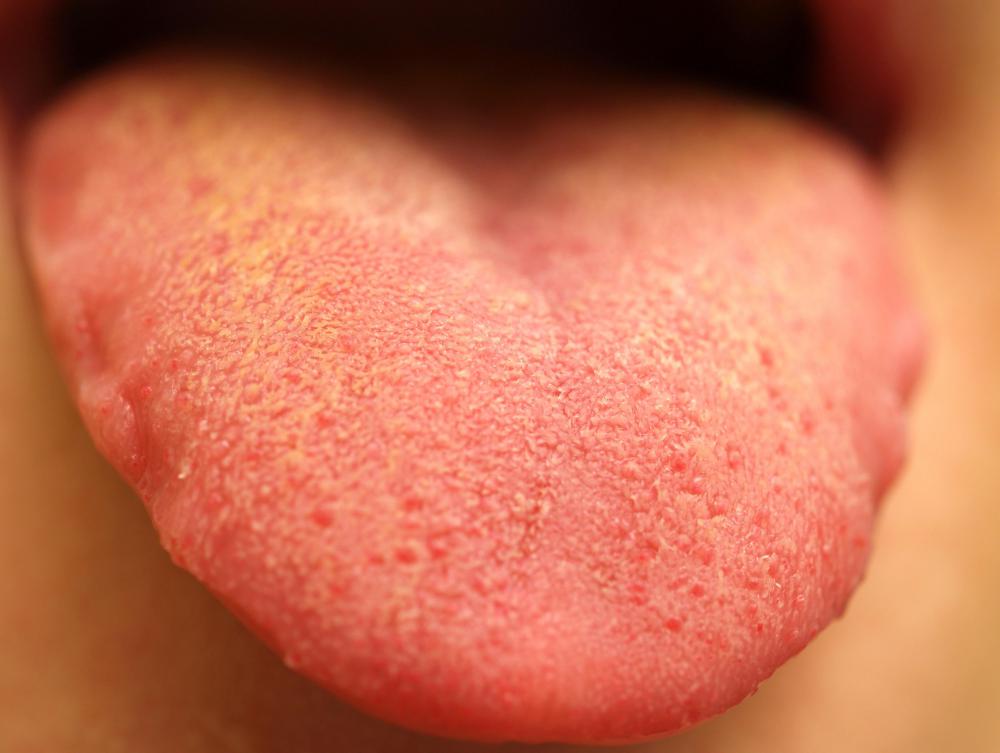At WiseGEEK, we're committed to delivering accurate, trustworthy information. Our expert-authored content is rigorously fact-checked and sourced from credible authorities. Discover how we uphold the highest standards in providing you with reliable knowledge.
What is the Anatomy of the Mouth?
The anatomy of the mouth consists of the lips and cheeks, the palate, and the tongue and teeth. Anatomically it is often treated as part of the digestive system and is sometimes called the oral cavity. The limits of the the oral cavity include the opening of the pharynx, the palate at the roof the mouth, and the lips in front. Some parts of the anatomy of the mouth, especially the tongue and lips, are important in the production of speech sounds. Other parts of the mouth contribute to chewing, holding, and swallowing food.
The lips and cheeks help keep food in place during chewing. In the anatomy of the mouth, they form much of the boundary of the oral cavity. The lips, or labia, and the cheeks are composed of skeletal muscle covered by skin. The lips are formed by the orbicularis oris muscle and the cheeks by the buccinator muscles. Many of the muscles involved in making facial expressions affect the movements of the lips.

The palate forms the upper surface of the anatomy of the mouth. It is actually made up of two parts, the hard palate at the front of the oral cavity and the soft palate toward the rear. The hard palate is made rigid by nearby bones, while the soft palate is not.
The tongue is a muscular organ that aids in the manipulation of food in chewing and swallowing. The intrinsic tongue muscles inside the tongue itself can change the tongue's shape for chewing or speech. Extrinsic muscles, which are attached to bone, are responsible for changing the position of the tongue inside the mouth. The tongue is covered in part by structures called papillae, which in some places contain hold taste buds. These make the tongue an important sensory organ for the sense of taste.

The teeth are connected to the upper and lower jawbones by ligaments. They are involved in chewing by the movement of the lower jawbone, or mandible. The adult anatomy of the mouth contains 32 teeth if the wisdom teeth are included. From front to back these are called incisors, canine teeth or cuspids, premolars or bicuspids, and molars.
Exposed surfaces of the teeth are called the crown, and the part below the gum line is called the crown. The surface of teeth is covered by enamel, a nonliving layer composed mostly of a calcium-containing mineral. Below the enamel lies dentin, which forms most of the tooth. At the center lies the dental pulp, which contains nerves associated with individual teeth.
AS FEATURED ON:
AS FEATURED ON:














Discuss this Article
Post your comments